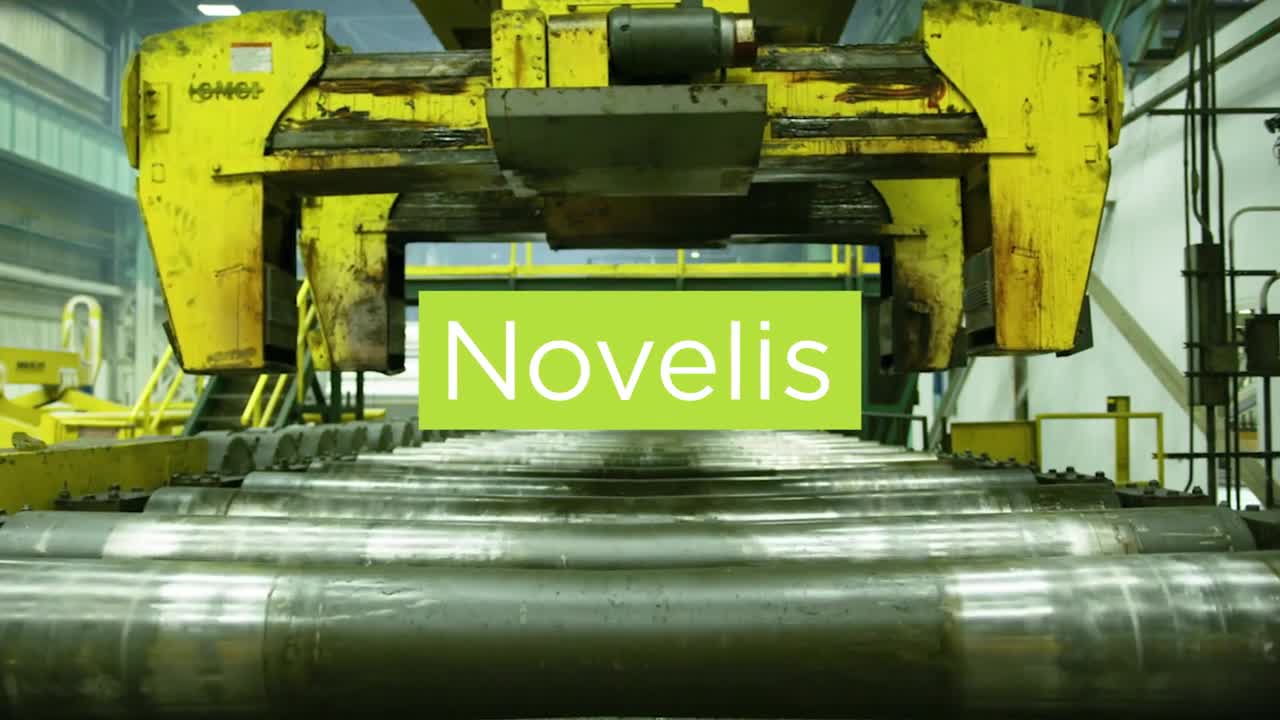Successful journeys require a clear destination, so before you initiate a single action item, identify your sustainability goals. These goals must be achievable, with the understanding that as time moves forward the goals should be loftier.
Countries around the world have introduced sustainability plans to reduce greenhouse gas (GHG) emissions and achieve net zero status in the next 30 years. The University of Oxford says that to prevent severe climate damages, “global net human-caused emissions of carbon dioxide (CO2) need to fall by about 45 percent from 2010 levels by 2030, reaching net zero around 2050.”
People increasingly understand the impact that they have on the environment and want to reduce it. Forward-thinking businesses understand this as well, and sustainability is becoming an expected component of doing business. I recently attended an Innov8rs conference and sat at a roundtable whose topic was ESG and Sustainability in Innovation. It was a lively discussion. Environmental sustainability is a personal and emotional topic for many people. These people are consumers who carefully decide what products they are buying and why.
Analysis from McKinsey points out that “in a scenario where the world reaches net zero by 2050, economic output would progressively (and permanently) tilt away from goods and services that are emissions-intensive and toward those that can be made and used without emitting GHGs.” McKinsey also notes that an unprecedented amount of capital will transfer to projects, products, and companies committed to net zero efforts.
My Sopheon colleague, H.C. Eppich, recently returned from a conference hosted by the German Association of Chemists, focused on growth through sustainability. He noted three imperative action items companies should implement:
- Drive your product portfolio toward increased sustainability.
- Build new ecosystems to drive out CO2 emissions from your supply chain.
- Reduce the carbon footprint of each and every activity within your company.
“In the long run, ‘sustainability’ and ‘carbon footprint’ will become commodity items which will need to be part of any scorecard, dashboard, and report.” H.C. Eppich.
With this backdrop, it’s fair to assert that companies, no matter their product offerings, must make sincere and significant efforts to ensure their innovation processes include sustainability. Like any challenge, there are actions that organizations can take to set up a baseline for success.
Let’s look at some of those steps.
Set your sustainability goals
Successful journeys require a clear destination, so before you initiate a single action item, you need to identify your sustainability goals. These goals must be achievable, with the understanding that as time moves forward the goals should be loftier. Defining what sustainability means to your company now, and what it means in the future, is essential to staying on track toward organizational goals.
A good place to start is to review the 17 Sustainable Development Goals (SDGs), which are the heart of the 2030 Agenda for Sustainable Development, adopted by all United Nations Member States.
It is also important to assess customer and investor expectations. If possible, it’s more successful if you aim toward their highest expectations rather than towards ‘do just enough.’ Sustainability prerequisites are expanding, so what's considered forward-thinking today, may be the baseline in a couple of years.
Sometimes goals are set for you, based on industry standards or regulations. As with customers and investors, it’s best to strive for outcomes that exceed non-compliance. However, this comes with the understanding that doing so may be challenging.
Setting goals might seem hard, but it actually is the easier part. The harder part is taking action, and this is imperative. Make sure you can measure your goals and work towards them – otherwise, you're greenwashing. Many organizations are watching for this and are calling out companies by name, even to the point of shaming.
The best way to avoid that is to measure and prove progress. But how can you do that?
Make your innovation processes part of the solution
Companies seeking to be more sustainable should clearly identify how their innovation processes align with and support their sustainability goals. For many, the first inclination may be to identify non-sustainable practices and address ways to improve them. While understandable, my experience has shown that sustaining change requires looking beyond ‘do this, don’t do that’ implementations and examining the decision-making process.
A sustainable innovation process needs to include a governance structure backed by an innovation management system that defines—with situational flexibility—who should make which decisions and when they should make them. Such guardrails reduce confusion and eliminate employees’ time asking superiors for permission for what they should do in certain situations.
A sustainable governance framework includes rules for managing unexpected situations within your innovation process. Sustainability demands will evolve, and external challenges can emerge unexpectedly, so models should be flexible and non-bureaucratic in responding to change as necessary. We have seen numerous examples of companies that are establishing such decision-making models. As one example, Eckes-Granini uses Accolade to streamline its innovation process, in order to help drive strategic innovation initiatives, including sustainability projects, in order to achieve strategic alignment and prioritization of portfolios across brands and geographies.
One final important point, linking to my earlier comment on providing evidence that you are making decisions that consider sustainability: a good innovation management system embeds governance, while decision-making provides a record that sustainability was considered in product design and introduction.
Embed sustainability goals into product portfolio reviews
Portfolio reviews cover various topics, such as product health, revenue projections, the product pipeline, etc. Sustainability goals should be part of those reviews. Such reviews could include the impact sustainability efforts are having on revenue, customer and external stakeholder satisfaction, overall efficiency, regulatory compliance, and other aspects of the business.
While implementing sustainability efforts into a product portfolio is challenging at first, it does get easier. In Part 1 of our Thriving Sustainably webinar series, Dr. Sebastian Roos from Evonik sums it up perfectly:
"Developing products that fundamentally shift the sustainability footprint of your portfolio takes time and energy. However, once you've done it, once placed at the core of your strategy, change within your organizational culture can rapidly drive your innovation and product development towards these goals."
Check out Part 1 and Part 2 of our sustainability webinar series to learn more about implementing sustainability into your innovation processes from industry experts.
In closing, there is much that can be done today to include sustainability when creating new products. We are early in the lifecycle of capabilities to support understanding and good decision-making in this area, and we can expect to see much more awareness and focus on these considerations.
Now is a perfect time to enhance your governance process and get started. Remember, "Progressive improvement is better than delayed perfection."
Moving forward, new product development must incorporate sustainability considerations and decisions into the process. It’s more than just good business sense—it’s also the right thing to do.
Learn how Sopheon helps Novelis drive sustainable innovation initiatives.







